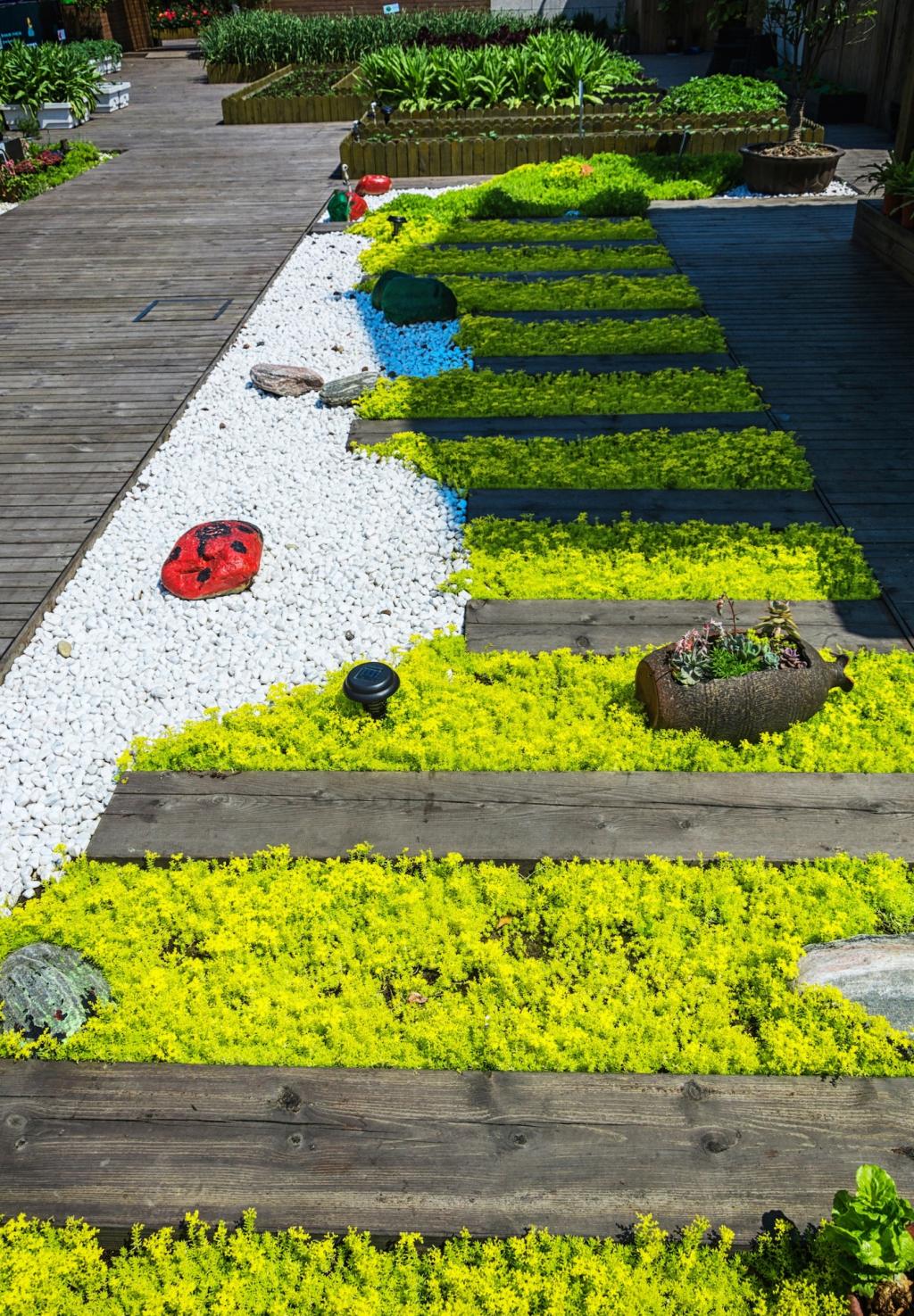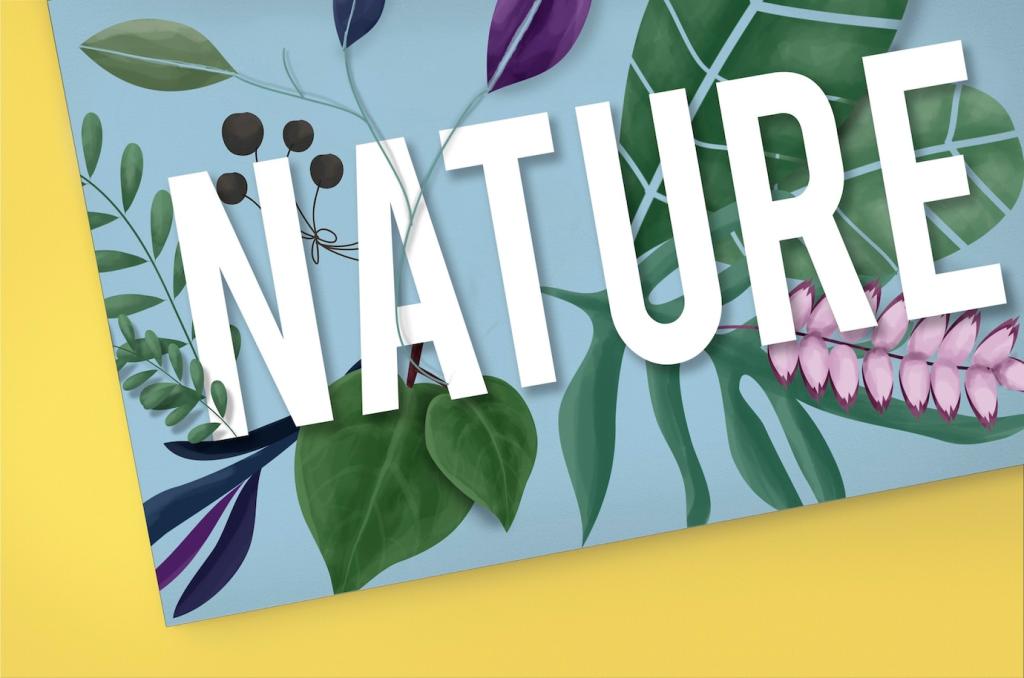
Organic Pest Control Methods for Sustainable Landscapes
Chosen theme: Organic Pest Control Methods for Sustainable Landscapes. Welcome to a friendly space where science, stories, and soil-stained wisdom meet to help you manage pests naturally, protect pollinators, and grow resilient, beautiful landscapes. Read on, share your experiences, and subscribe for weekly, field-tested inspiration.

Trap Crops That Take the Hit
Use nasturtiums to attract aphids from kale and chard, or sacrificial radishes and mustards to concentrate flea beetles away from young brassicas. Collards can lure cabbageworms, making handpicking efficient. Manage trap crops by pruning or bagging heavily infested plants. Post your trap crop photos and what they protected.
Scent Signals That Repel or Mask
Aromatics like basil near tomatoes and alliums near carrots can confuse pest navigation, reducing targeted attacks. French marigolds help suppress some soil nematodes, while strongly scented herbs mask host odors aboveground. Mix heights and leaf shapes to break visual cues. Which aromatic hedge worked best for you this season?
Design Guilds and Polycultures
Build guilds where each plant serves multiple roles: yarrow and dill for nectar, comfrey for mulch, calendula for lacewing habitat, and clover for nitrogen. A small apple guild can reduce codling moth pressure by supporting predators and diversifying resources. Share your guild layout and what you will tweak next.


Biological Controls: Recruit Nature’s Tiny Specialists
Lady beetles, lacewing larvae, hoverfly larvae, and tiny Trichogramma wasps thrive where nectar and pollen are abundant. Plant umbels, daisies, and native composites, let a few aphids remain as starter food, and avoid broad-spectrum sprays. Tell us which beneficial insect you have identified and what flowers kept it returning.
Biological Controls: Recruit Nature’s Tiny Specialists
Steinernema feltiae nematodes move through moist soil to parasitize fungus gnat larvae, some grubs, and thrips pupae. Apply at dusk, water in gently, and keep the soil evenly moist for two weeks. Report your before-and-after observations and the soil temperatures when your best control occurred.
Neem Oil and Insecticidal Soaps
Neem disrupts insect feeding and growth, while soaps desiccate soft-bodied pests like aphids and whiteflies. Spray in the evening, avoid hot sunny periods, and repeat at intervals to catch new hatchlings. What dilution, surfactant, and sprayer pattern worked best for you without burning tender foliage?
Kaolin Clay Films to Confuse Pests
A fine kaolin clay coating creates a reflective film that deters egg-laying and feeding by leafhoppers, psyllids, and some moths. Apply evenly and recoat after heavy rain. Rinse fruit at harvest. Tell us which crops benefited most and how you balanced coverage with your watering schedule.
Simple Barriers That Save Crops
Floating row covers and insect netting exclude pests while allowing light and water through. Cardboard collars block cutworms; copper tape discourages slugs. Seal edges tightly, and remove covers during bloom for pollination. Share your favorite netting brand, hoop setup, and anchoring method for windy sites.
Monitor, Measure, Decide: IPM for Sustainable Landscapes
Walk weekly with a hand lens, flip leaves, and check stems for eggs and frass. Define tolerance levels so you act before damage escalates but avoid unnecessary sprays. A simple notebook or phone log turns guesswork into patterns. What threshold will you test this month?
Monitor, Measure, Decide: IPM for Sustainable Landscapes
Use yellow sticky cards for aphids and whiteflies, pheromone lures for codling moth or tomato pinworm, and pan traps for leafminer monitoring. Track catches against degree-day models to time interventions precisely. Post a snapshot of your trap counts and how they guided your next step.




Habitats, Stories, and Community Action
Install nest boxes, bat houses, and layered hedgerows to shelter insect predators. Provide shallow water with stones for safe landing, and dim night lights to reduce disorientation. Native plant diversity feeds food webs. Share photos of your habitat features and the first predator you spotted using them.
Habitats, Stories, and Community Action
Maya switched from routine sprays to organic methods: nasturtium trap crops, thick leaf mulch, evening Bt on young brassicas, and a small dill border. Lacewings arrived, aphids waned, and produce rebounded. What single change will you make today to start your own turnaround story?
